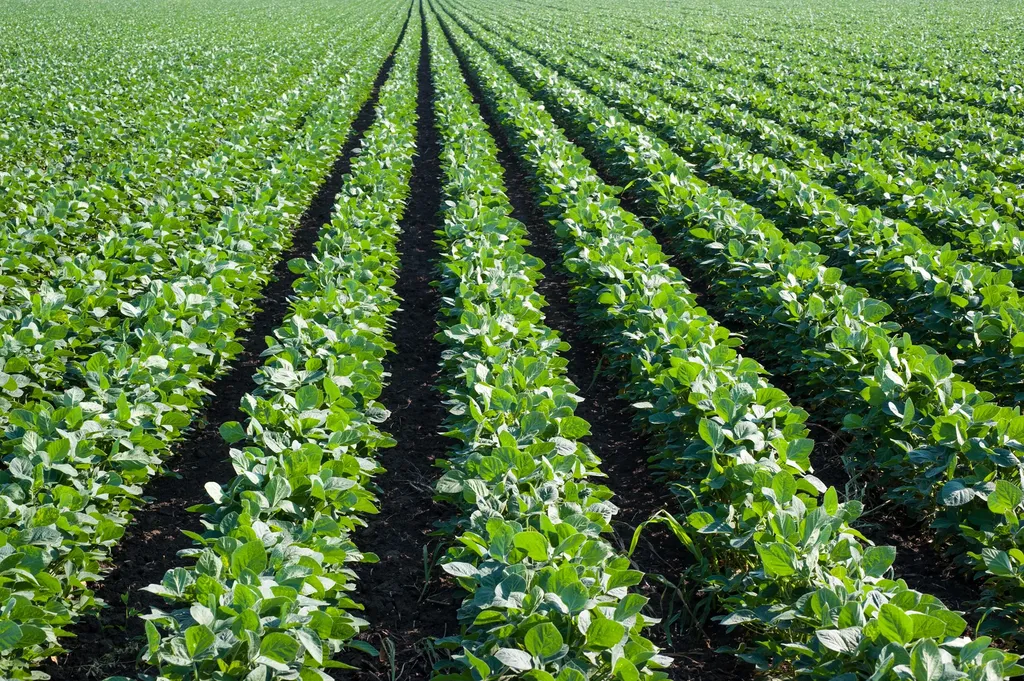In the heart of Hokkaido, Japan, a team of researchers led by Shoichiro Hamamoto from the Research Faculty of Agriculture at Hokkaido University has been delving into the intricate world of soil CO2 dynamics in soybean fields. Their work, recently published in the journal *Geoderma*, sheds light on how different fertilization practices and environmental factors influence CO2 concentrations and fluxes in agricultural soils.
The study focused on quantifying soil CO2 concentrations and fluxes under chemical and organic fertilization treatments. Using high-resolution field monitoring, the team continuously tracked soil moisture, temperature, and CO2 concentrations at multiple depths throughout the growing season. This detailed approach allowed them to observe the nuances of CO2 dynamics in real-time.
One of the key findings was the significant role of microbial and root-associated CO2 production, particularly in the presence of crops and organic matter. “We noticed a marked increase in CO2 concentrations after rainfall events, which suggests that microbial activity is highly responsive to changes in soil moisture,” Hamamoto explained. This insight underscores the importance of understanding and managing soil microbial activity to optimize carbon cycling in agricultural soils.
The researchers also evaluated the performance of the SOILCO2 model using different gas diffusivity models. Gas diffusivity, a critical factor in CO2 transport modeling, was assessed using the Millington–Quirk (MQ) and Water Linear Reduction (WLR) models. The WLR model, with a fitted parameter, provided a better agreement with measured gas diffusivity and observed CO2 profiles compared to the MQ model. This finding highlights the importance of selecting the appropriate gas diffusivity model for accurate CO2 transport predictions.
Sensitivity analysis further demonstrated that an accurate representation of gas diffusivity is essential for realistic simulations of soil CO2 behavior. “Our results show that the choice of gas diffusivity model can significantly impact the accuracy of CO2 transport predictions,” Hamamoto noted. This emphasizes the need for careful model calibration and validation in agricultural soils with varying textures and moisture conditions.
The implications of this research are substantial for the agriculture sector. By improving our understanding of soil CO2 dynamics, farmers and agronomists can make more informed decisions about fertilization practices and soil management. Enhanced CO2 transport predictions can lead to better strategies for carbon sequestration and mitigation of greenhouse gas emissions, ultimately contributing to more sustainable agricultural practices.
As the global push for sustainable agriculture intensifies, studies like this one are crucial. They provide the scientific foundation for developing innovative technologies and management practices that can help farmers adapt to changing environmental conditions and meet the growing demand for food while minimizing environmental impact.
In the broader context, this research could shape future developments in precision agriculture, where high-resolution monitoring and modeling are key components. By integrating advanced sensors and data analytics, farmers can gain real-time insights into soil health and carbon dynamics, enabling them to optimize crop yields and reduce environmental footprints.
The work by Hamamoto and his team, published in *Geoderma*, represents a significant step forward in our understanding of soil CO2 dynamics. Their findings not only advance scientific knowledge but also offer practical insights for the agriculture sector, paving the way for more sustainable and efficient farming practices. As we continue to grapple with the challenges of climate change and food security, such research is invaluable in guiding us toward a more resilient and sustainable future.

